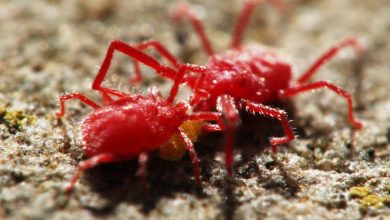Afelandra or Zebra Plant: [Care, Planting, Irrigation and Substrate]
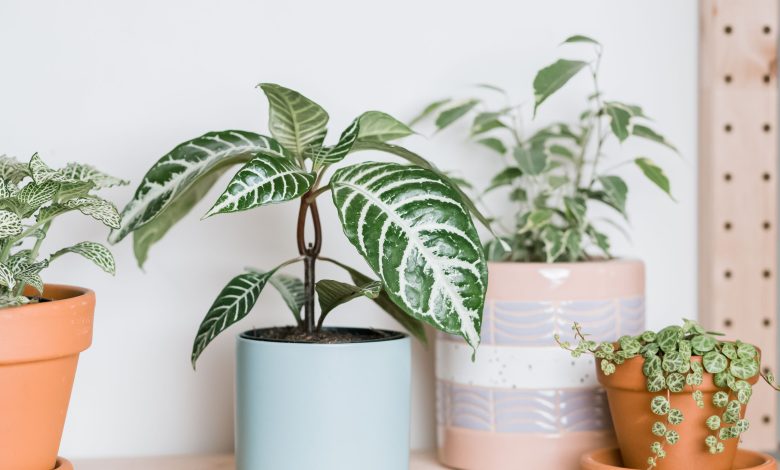
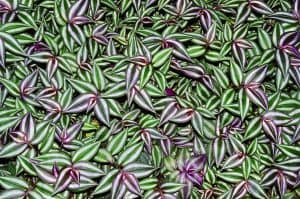 the species called Afelandra or Aphelandra squarrosa(also known as the zebra plant) belongs to the Acanthaceae family and comes from the warm regions of America. Most of the little more than 200 varieties of Afelandra identified are located in Brazil.
the species called Afelandra or Aphelandra squarrosa(also known as the zebra plant) belongs to the Acanthaceae family and comes from the warm regions of America. Most of the little more than 200 varieties of Afelandra identified are located in Brazil.
It usually gives us fabulous decorated effects indoors, thanks to its unique bracts and/or really beautiful yellow floral inflorescences.
Although it is a plant that does not exceed 80 cm in height, its leaves are large, very green and with white or thick cream veins that stand out. The stem is woody and herbaceous at the end.
- Temperature: Temperatures of 60-75ºF (15-23ºC) are ideal and not lower than 55ºF (13ºC).
- Light: Bright light without direct sunlight is preferable during the summer.
- Watering: It is important to keep the soil moist to the touch, and not to overwater or too dry. It is advisable to use soft and warm water (not hard water).
- Soil: Most all-purpose or peat-based potting mixes are suitable for use.
- Replanting: Replant it in spring every year. Only use a pot one size larger if the plant has become potted (too much).
- Fertilizer: Feed with a balanced fertilizer once every two weeks during spring and summer.
- Humidity: Afelandras like a little more humidity than many other plants at 60% – 70%. You may need to artificiallyraise humidity levels in a room.
- Pruning: When the flowers start to die, remove them. Also prune the stem and leaves down so that only two rows of leaves remain in height, once the bract begins to die back. This can help prevent the plant from losing leaves (which most do), while giving the afelandra a chance to grow the following year.
Temperature: Where to plant Afelandra?
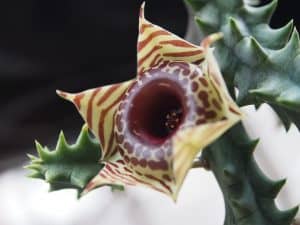
It needs to be grown in high temperatures. She likes the heat so much that if you have her near the heating radiators at home, it is much better for her. She will be happy.
Try to keep it throughout the year in an environment with temperatures that are not higher or lower than the range of 22 to 29 ° C.
Protecting it from wind blizzards in winter is essential.
Light: How much do you need?
It is not possible to expose it to direct sunlight.
It is a very resistant plant but it does not react well to sunlight, because outdoors it is located under large trees that help it receive indirect light.
Locate the pot of your Afelandra in a well-lit area of your house.
Substrate and Fertilizer: How do we prepare the land for the afelandra?
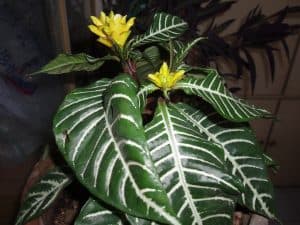 It is necessary to provide this plant of tropical origin with a substrate composed in equal parts of peat, topsoil and sand, together with a mantle of leaves that covers the upper part of this mixture.
It is necessary to provide this plant of tropical origin with a substrate composed in equal parts of peat, topsoil and sand, together with a mantle of leaves that covers the upper part of this mixture.
A good liquid fertilizer for green plants or one that is added to the irrigation water will also help it to develop fully. Do it twice a week in summer.
It is the ideal time to give him this nutritious gift.
It is very important that when new flowers and leaves appear, you can add a drop of fertilizer when it is time to water it. In this way you will be able to strengthen it.
In autumn reduce irrigation and use warm water. Continue to provide as much natural light as possible and provide a temperature of 18°C.
If you don’t, the plant will most likely stop producing flowers, weaken, and die. Therefore, in winter only plant it if you can provide a temperature of 24 ° C. Protect it from drafts.
Irrigation: how often and how?
 Irrigation has, broadly speaking, the following rule: abundant in summer and scarce in winter.
Irrigation has, broadly speaking, the following rule: abundant in summer and scarce in winter.
In the fall, irrigation is also reduced and warm water is used, a good amount of indirect light, in an environment that does not exceed 18° C, so that it does not weaken and can produce more flowers and beautiful leaves.
Its leaves should also be sprayed regularly to reproduce an ideal humidity level.
Especially, do it if the temperature in summer exceeds 29°C, because although the Afelandra has a warm to temperate climate, it is also true that where the humidity comes from is high and it can become exhausted and lose the splendor of its leaves.
Finally, you should know that if the leaves fall, it is most likely that it does not receive enough water, natural light or that it faces adverse temperatures for its growth.
If you pay attention to these indicators, surely this plant will continue to provide you with a spectacular color contrast for a long time, in a special room in your home.
Zebra Plant Pruning
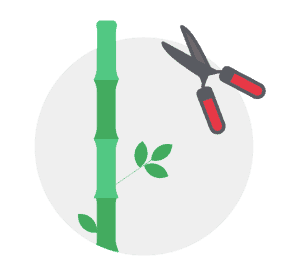 Keep an eye on your flower bracts.
Keep an eye on your flower bracts.
When the flowers die, it is important to remove them quickly. If left in place too long, the lower leaves may begin to drop. This will leave behind only the stems with tufts of leaves on top.
You can prune the stem and leaves once the bract dies to a couple of leaves at the base of the plant. This will encourage a bushier growth pattern in the spring.
Is afelandra toxic?
The zebra plant is not toxic, but it can be irritating to the skin. It is best to prune with gloves to prevent the sap from reaching the skin. Wash and sterilize your pruning shears to remove any remaining sap once done.
The ASPCA says that it is not toxic to cats, dogs or horses. Still, put your aphelandra out of their reach. It can irritate their mouth or feet. Prevention is better than cure!
Pests and diseases of the afelandra or zebra plant
White fly
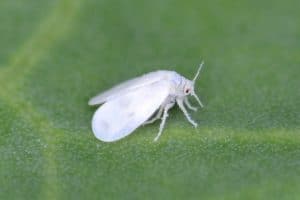 The white fly is a possible enemy of the afelandra. These little flying insects will suck the sap from the plant, leaving yellow spots on the leaves.
The white fly is a possible enemy of the afelandra. These little flying insects will suck the sap from the plant, leaving yellow spots on the leaves.
To combat them, it is convenient to eliminate and destroy the growth of plants. Use yellow sticky traps to catch the largest individuals. An insecticidal soap will also help.
aphids
Insecticidal soaps also work wonders against aphids. These pests, commonly called aphids, will also suck on afelandra leaves.
Once again, remove infected leaves as needed.
white mealybugs
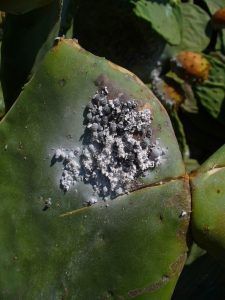 White fluffy mealybugs can also be a problem.
White fluffy mealybugs can also be a problem.
These cling to leaves, and can leave similar damage to whiteflies. A cotton swab dipped in rubbing alcohol can help remove them. Prevent them from coming back by spraying the leaves of your plant with neem oil.
fungus gnats
Finally, although less common, fungus gnats find moist, murky soil attractive. Sticky traps catch adult specimens.
A soil soaked with neem oil can help kill the larvae.

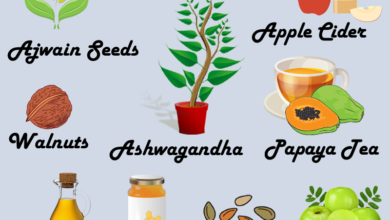
![Photo of The Surfinia or Hanging Petunia: [Planting, Care, Irrigation and Substrate]](https://www.complete-gardening.com/wp-content/uploads/2022/08/the-surfinia-or-hanging-petunia-planting-care-irrigation-and-substrate-390x220.jpg)
![Photo of Sow Papaya: Conditions, Irrigation, Plantation [Step by Step + Images]](https://www.complete-gardening.com/wp-content/uploads/2022/08/sow-papaya-conditions-irrigation-plantation-step-by-step-images-390x220.jpg)
